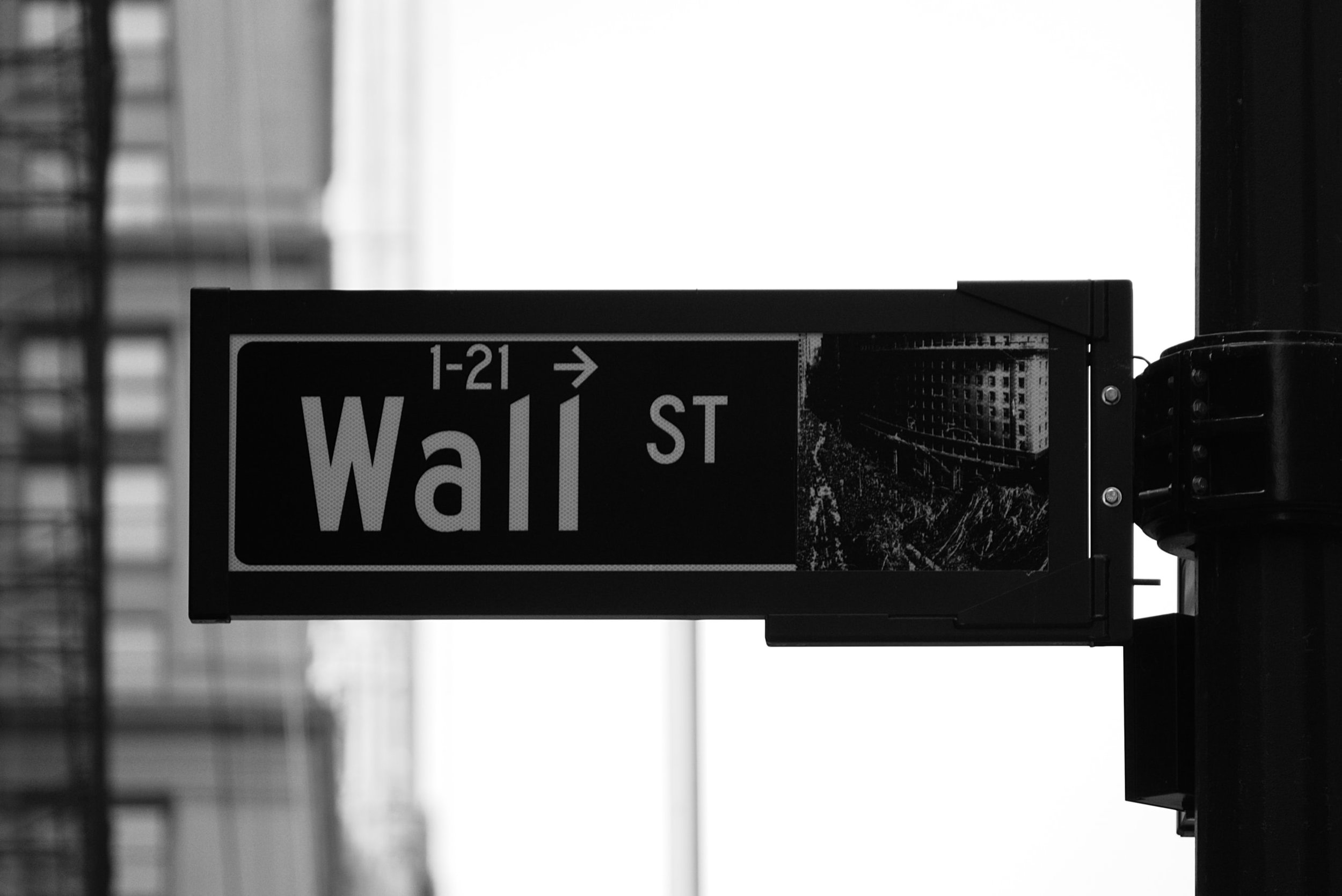Do Men Still Crave Status Watches?

THE WALL STREET JOURNAL
NOVEMBER 5, 2015
Illustration by Guy Shield
Frank Schilling has always liked watches. In high school, he bought a TAG Heuer (“the poor man’s Rolex,” he said) for a few hundred bucks. But when his company, which eventually became Uniregistry, started taking in $1 million a month in 2004 selling Internet domain names, he knew he had to step up his game. So he laid down $79,000 for a Patek Philippe 5970G, a classical take on a sporty chronograph. “I thought it was outrageously expensive,” said Mr. Schilling, 46. “But I loved the steam punk feel.” Moreover, he liked that other men, successful men, started noticing it and admiring it. “For guys who have a passion for watches,” said Mr. Schilling, “it’s like a secret handshake.”
The status watch. Among those who know the handshake, it can telegraph success and taste (or lack of same). Some may argue that with a clock on every smartphone and mini computers on many wrists, no one needs a mechanical watch. But needs are different from wants. A man’s desire for an expensive mechanical watch isn’t about logic; it’s about emotion.
Typically, a man buys his first status watch to mark a career achievement, as a sort of one-handed high-five. It becomes a wearable trophy, a daily reminder that says, I can do this. In 2001, Brian Monaco was a 28-year-old talent agent, working with the cast of MTV’s “The Real World” for a national roadshow that had only been performed on college campuses, until Mr. Monaco managed to book it a night at New York’s Beacon Theatre. “It was a big deal for me,”’ he said. He bought a Rolex GMT for about $5,000. “You walk down the street and anyone can wear a suit and a tie,” he said. “But a good watch sets you apart.”
Now 43 and executive vice president of global advertising, film and TV at Sony/ATV Music Publishing, and with a home in the Museum Tower adjoining the Museum of Modern Art, Mr. Monaco owns 30 watches, including a $20,000 Patek Philippe Aquanaut. He has become a bonafide watch nerd—regularly checking Watchville, an app that aggregates horological news; and attending estate auctions. He considers his watches fine art. (“Pateks are for the next generation, like a Picasso,” he said.) And he likes comparing notes with other watch nerds, as he did with musician John Mayer at this year’s Grammys. He’s still trying to figure out what his neighbor, business magnate Carl Icahn wears, furtively glancing at Mr. Icahn’s wrist, whenever they ride the elevator together. (Mr. Icahn didn’t respond to calls for comment.)
Different watches telegraph different messages. But those are defined more by advertising and the influence of high-profile wearers than by anything intrinsic. “For the most part, each watch is a reflection of its accumulated social baggage,” said Duncan Quinn, a former Wall Streeter turned bespoke tailor with a small but loyal clientele. With brands like Breitling, Hublot, Audemars Piguet and Patek Philippe, he said, “it’s like joining a gang or a club.” Finding something unique and therefore truly impressive, especially from a “socially recognizable” brand like Rolex (as Mr. Quinn put it), is hard. It’s the reason, he said, that collectors seek out special versions, like Rolex’s Double Red Sea Dweller with a patent-pending stamp—or for someone with more modern and stylish tastes, a customized Rolex from the Bamford Watch Department.
Certain professions seem to attach themselves to certain watches. Athletes, rappers and rock stars tend to favor Audemars Piguet, for instance. Though such generalizations only go so far—former president Bill Clinton is also an Audemars fan—Mr. Quinn said he does see men hewing to the prevailing culture of their particular sector: “Billionaires with plastic Casios and nothing to prove, traders with megabucks Parmigianis, attorneys and bankers with some iteration of Rolex.”
Not shockingly, many in the younger creative set find the status watch stupid. “I very decisively don’t have one,” said Ian Daly, 38, chief strategy officer at marketing and advertising firm the Barbarian Group. To date, he has owned but one watch. “I [wear] the same Seiko diver’s watch my high school girlfriend got me for graduation in 1994,” he said. “I just think there’s something tacky about status watches. This is the age of the start-up gazillionaire, of billionaires in Patagonia fleece.”
Indeed, in my experience in the past few years, talking to newly wealthy tech titans in Silicon Valley, their horological priorities don’t square with traditional notions of luxury. They tend to eschew flash in favor of pragmatic smartwatches from Apple or Pebble or something ironic like an old-school calculator Pulsar. In fact, Pebble founder Eric Migicovksy proudly didn’t own a watch until creating the Pebble. Some men simply don’t want to play that old game.
For Mr Porter buying and sales director Toby Bateman, however, selecting a watch should never be just about trying to impress your peers in a knee-jerk fashion by wearing a fortune on your wrist— or about conspicuously avoiding that. He sees a watch as a reflection of not just a man’s bank account but of his style. “For me, it’s...more about an expression of personality. This choice should be well considered if you follow the adage that a watch is the only jewelry a man should wear.” The site recently introduced a collection of elegant, decidedly not over-the-top timepieces by Swiss watchmaker Zenith, priced mostly under $10,000.
As with cars and wine, appreciating watches and making a thoughtful choice is a form of connoisseurship—acknowledging the craftsmanship, the months that it takes for a great watchmaker hunched over a bench with a magnifying lens to create his tiny masterpieces. That element is important since the message of prestige you might be trying to telegraph can get a bit garbled, even among the cognoscenti.
A few years ago, Mr. Schilling sold the bulk of his watch collection through Christie’s (for about $10 million) and now mostly wears a very rare Patek Philippe 3974, of which only 50 were made, in 1992. Its value? About $1 million. “When I wear it out and another collector sees it,” he admitted, “they’ll come up and say, ‘That’s got to be worth $50,000.’”




